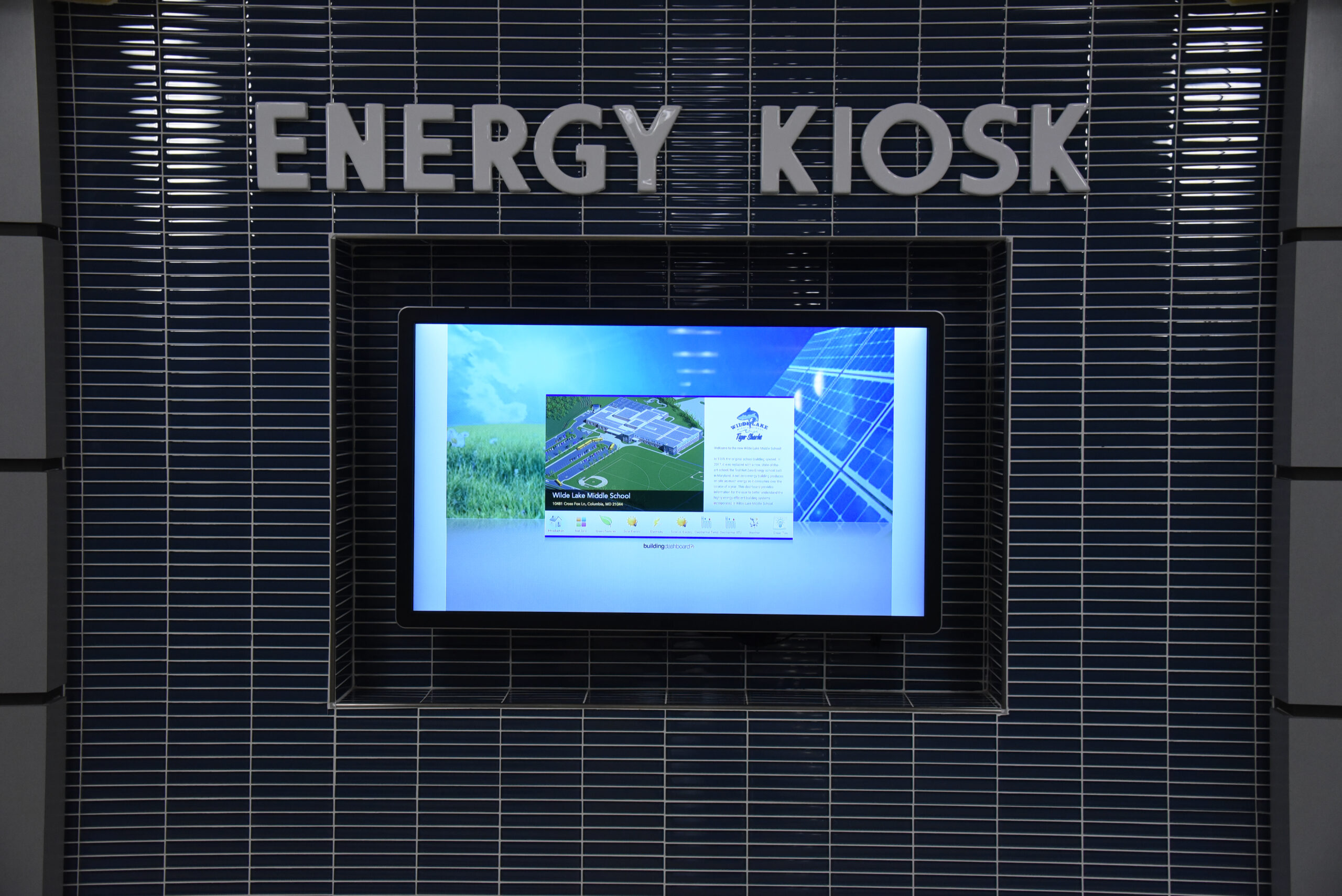Commentary: Maryland’s public school boards take the lead on climate action for a better future

By Joseph Jakuta
The writer is lead volunteer for the Climate Parents of Prince George’s County campaign.
In October 2023, the Maryland Association of Boards of Education (MABE) made history as one of the first statewide associations of public school boards to declare climate action an essential component of adequate and equitable school facilities. As a parent leader for climate action in Prince George’s County and the state of Maryland, I could not be prouder of MABE’s commitment.
Setting the vision in MABE’s continuing resolutions, which declare the organization’s legislative agenda for the Maryland General Assembly session each year, are statements that “Maryland’s local school systems manage a significant amount of building space and energy usage and therefore are integral to the implementation of many statewide environmental and energy related policies” and that “Maryland public schools have the potential to be an essential tool in the fight against climate change and the leading educational force toward climate action, solutions, and environmental justice.”
While Maryland’s school systems have been acting independently on energy efficiency for decades, more recently, public schools nationwide are taking collective action to lessen the devastating impacts of the global climate crisis and to be resilient to severe weather events in response to student advocacy.
Baltimore City and Howard County Public Schools used the Maryland Energy Administration’s Net Zero Energy School Initiative Grant Program to build Graceland Park/O’Donnell Heights Elementary/Middle School, Holabird Academy, and Wilde Lake Middle School, which now serve as demonstration net-zero buildings for school districts near and far.
Net Zero Energy Schools Raise Bar on Green Construction Statewide
Montgomery County Public Schools made news in 2021 by launching the largest electric school bus fleet conversion in the nation with a commitment to procure 326 electric school buses by 2025 and transition the entire fleet by 2031. All systems are learning valuable lessons from the district’s implementation disruptions.
Baltimore City Public Schools also made headlines by being the first recipient of funds for electric buses under EPA’s Clean School Bus Program.
Since 2020, schools in Harford County have partnered with Constellation Energy to cost-effectively install solar panels on many high schools to reduce energy expenses.
In Anne Arundel County Public Schools, the system is driving future planning with energy audits for programmatic and operational action. And now, in Frederick County and Charles County, the local boards of education have discussed moving toward committing to climate action plans.
And in Prince George’s County, I saw first-hand our climate action leadership through co-chairing the County Board of Education’s Climate Change Action Plan Focus Work Group from 2021 to 2022. I was honored to co-chair the Focus Work Group with Pamela Boozer-Strother, a member of the Prince George’s County Public Schools Board of Education, and serve with climate action experts, school system staff leaders, students, parents, advocates, and elected officials. It was a model for community engagement in public school policy change and the board passed the plan we developed unanimously in April 2022, with eight priority recommendations that are now being implemented by a staff leadership team.
Examples of the plan in action include the school district’s six recently opened middle schools, which were built in two years with an innovative private-public partnership. These 1,200-seat schools are designed for sustainability with geothermal HVAC systems, natural and LED lighting, and stormwater management features. They will also have solar panels and electric vehicle charging stations installed by the end of 2024.
Even before MABE’s recent declarations, public school leaders rallied behind the General Assembly’s Climate Solutions Now Act of 2022, which provides an additional 5% increase in the state share of school construction costs if a new school is built to net-zero design standards and sets up a pilot program to use electric school buses as an extra source of energy storage when they are not needed for transportation (for example, during summer breaks).
The next big challenge is making sure all school systems in Maryland take advantage of the federal Inflation Reduction Act of 2022, which allows local school systems to access renewable energy installation tax credits, energy-efficient design tax credits, the new “green bank” loan fund, and the Renew America’s Schools grant program, which will support the implementation of energy improvements in schools across the country, including upgrading HVAC systems, installing innovative technologies such as solar panels and batteries, and alternative-fuel vehicle infrastructure.
The Climate Parents of Prince George’s look forward to MABE and Maryland’s superintendents leading by example for our children’s future.



